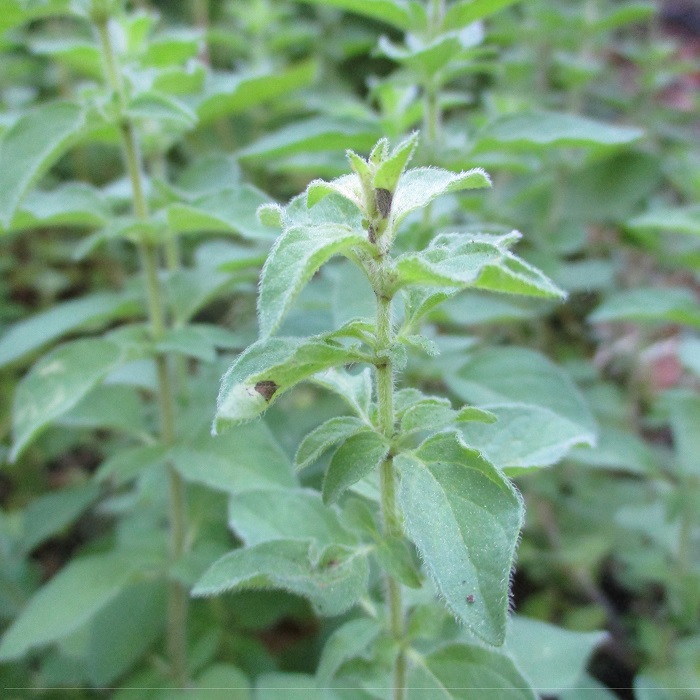UNITED STATES—Herbs might be in our garden right now, whether we are aware of it or not. Trailing rosemary happens to be a popular and practical groundcover, and some varieties grow as low shrubbery. A few varieties of thyme also work as ground cover for small areas, or between stones. Various lavenders are popular low mounding shrubbery. Quite a few common landscape plants are also herbal.
It is important to be aware though, that some varieties of herbal plants are better for landscape applications, and others are better for herbal applications. All cultivars of rosemary can be used for culinary applications, but some happen to be grown specifically for that purpose because of superior flavor. Cultivars with the best flavor may not be as useful for groundcover or as low shrubbery.
The same goes for the lavenders. French lavender may be the best for culinary applications, but the various Spanish and English lavenders might be better options for landscape applications, cut flowers or for their aroma. California bay that grows wild as a big tree is actually a completely different genus than the shrubbier culinary Grecian bay, and can ruin a recipe if used as a substitute.
As if that were not complicated enough, once the preferred herbal plants are identified, it is important to know how to use them. Chive, cilantro, parsley, mint and most others are usually preferred fresh. Lavender and bay leaf are more often used dried. Rosemary, oregano and sage can be used fresh or dried, depending on the desired flavor. Almost any herb can be dried for convenience.
Drying herbs is convenient for those that are only available within certain seasons, even if they can be used fresh while in season too. For example, chamomile is not a foliar herb like most, but are unbloomed floral buds that must be harvested at a very specific time. They should be plump, but not completely open. Once harvested and dried, they are useful for herbal tea throughout the year.
Herbs can be flowers, seeds, bark or any part. Most are foliage of the family Lamiacea.
Highlight: oregano
It is considered to be an Italian herb, but since it was popularized in America in the late 1940s, oregano, Origanum vulgare, has become more popular in Italian-American cuisine than it is in Italy. It is now the traditional ‘pizza herb’ for American style pizza. Oregano happens to be one of the few herbs that is preferred dried rather than fresh. Only foliage is used, either before or after bloom.
Prior to bloom, foliage is low to the ground, on wiry stems. Blooming stems stand vertically as tall as two feet, with more foliage and tiny purplish flowers that are not very flashy. The flavor of the foliage on the upright blooming stems is distinct from that of the prostrate vegetative stems. The opposite leaves are only about an inch long, or slightly longer.
Flavor can be variable with weather.
Flavor is also variable by cultivar. Some are spicier than most. Some are more bitter. Some cultivars were marketed to be more visually appealing in the garden than flavorful in the kitchen. ‘Nana’ is a dwarf. ‘Aureum’ is variegated with yellow. The famously flavored ‘Greek Kaliteri’ has compact growth, with atypically thick and slightly fuzzy leaves that are dark on top and purplish underneath.
Horticulturist Tony Tomeo can be contacted at tonytomeo.wordpress.com.






